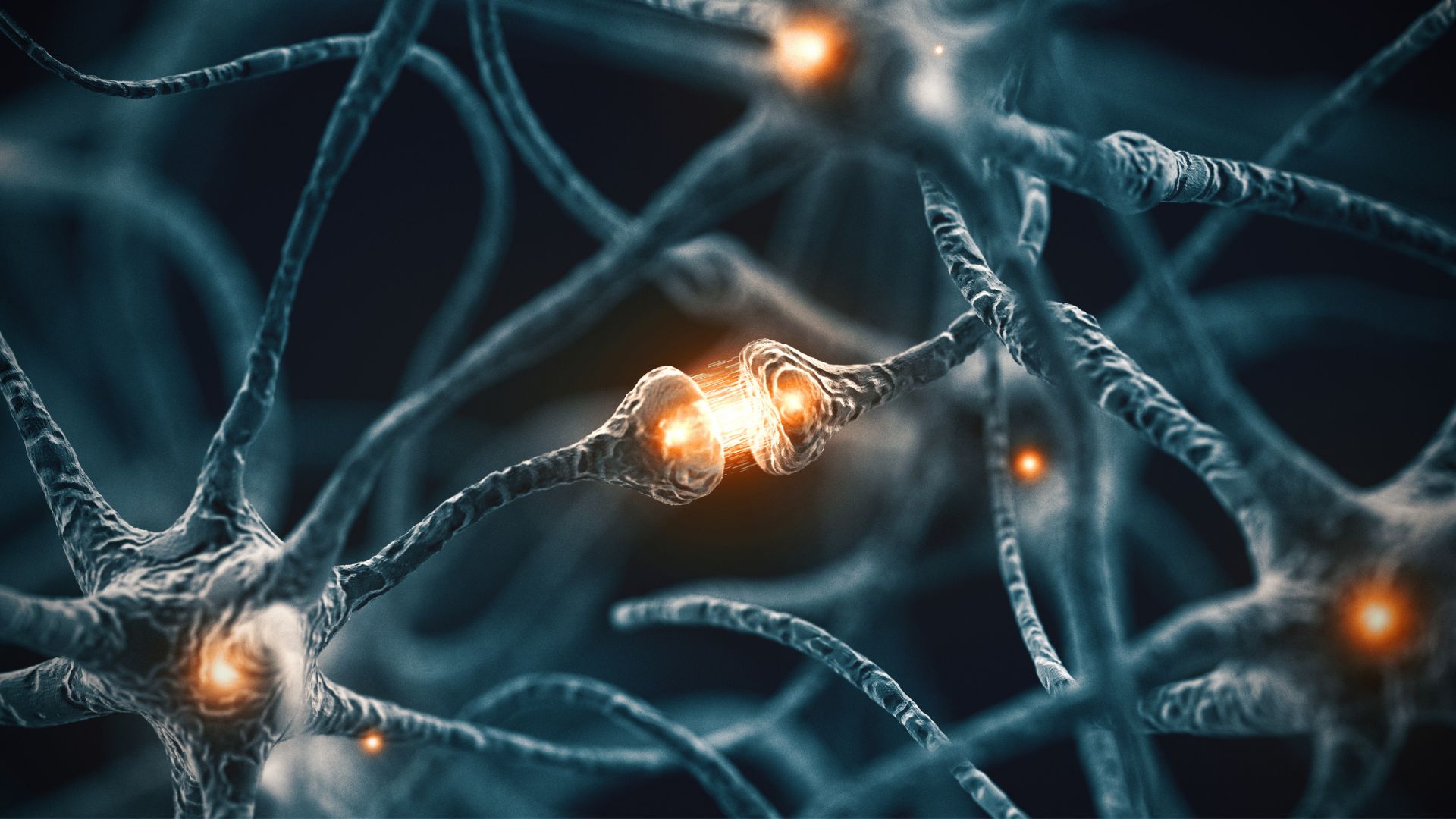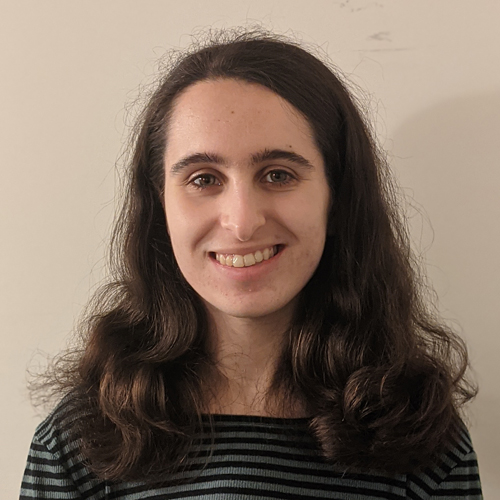Strange, two-faced brain cells confirmed to exist, and they may play a role in schizophrenia
Researchers have confirmed the existence of an odd type of brain cell that other neuroscientists once thought might be only a technical quirk or error.

A strange class of brain cell has two features that seem to contradict each other, leading scientists to question whether it really exists. But now, a new study of mouse and human brains not only supports these paradoxical cells' existence but also hints that they could help explain the neurological underpinnings of conditions like autism and schizophrenia.
Published in July in the journal Molecular Psychiatry, the study found that two chemical markers, which were once thought to mark neurons with opposite roles, are sometimes found in the same neuron. Neurons with both of these markers, researchers found, frequently activate, or "express" genes related to the production of cellular energy using oxygen.
In postmortem brain tissue from donors with either autism or schizophrenia, neurons with these markers had altered gene expression related to this process, compared with tissue from people without the conditions.
This finding potentially jibes with research linking schizophrenia and autism to genetic changes that contribute to oxidative stress, or the buildup of reactive byproducts of energy production in cells. The research could be a step toward better understanding these complex neurological conditions.
Related: How do brain cells send messages?
In the study, researchers specifically documented the existence of a special class of inhibitory neurons, or neurons that suppress electrical activity in the brain. The cells carry two chemical markers: a protein called parvalbumin (PV) and a smaller molecule called cholecystokinin (CCK).
Neurons with PV are fast-spiking, meaning they generate short-lived signals repeatedly and more quickly than almost any other type of neuron in the brain. Neurons with CCK typically fire at a slower, more typical speed. Previous research, such as a 2021 article in the journal Neuron, suggested that these neurons are usually active at opposite times, with PV neurons often firing before and even inhibiting those with CCK.
Sign up for the Live Science daily newsletter now
Get the world’s most fascinating discoveries delivered straight to your inbox.
"It's kind of like you have this dichotomy," said Steven Grieco, lead author of the study and a project scientist in the Department of Anatomy and Neurobiology at the University of California, Irvine. "Our finding … blurs that dichotomy a little bit."
To confirm these seemingly unlikely cells' existence, the researchers used several methods in mice, including molecular staining and RNA sequencing, which takes stock of which genes are actively being used to make proteins. After establishing that some cells had both markers, they did the RNA sequencing to determine what the cells' function might be. They also examined the cells in postmortem brain tissue from people with neuropsychiatric conditions and those without.
Out of the inhibitory neurons with PV in the mouse hippocampus, a brain region involved in memory, 40% to 56% also had CCK, the team found. Such cells also appeared in other parts of the mouse brain, including the neocortex, a key region for "higher" cognitive functions, like perception.
Cells with both PV and CCK more heavily activate genes related to oxidative phosphorylation, a process by which cells use oxygen and enzymes to create adenosine triphosphate (ATP), the body's main source of cellular energy. This suggests that the cells require a lot of energy to run.
However, these genes' expression seemed altered in the tissue from people with autism and schizophrenia, pointing to a potential role for the neurons in the conditions. The findings could also support the potential link between these conditions and oxidative stress, and may align with previous research linking the conditions to dysfunction in the brain's inhibitory neurons and a resulting overload of electrical activity.
Related: Mysterious spiral signals in the human brain could be key to our cognition
The researchers aren't the first to find these cells, said Simon Pieraut, an assistant professor of biology at the University of Nevada, Reno who was not involved in the work. But they are likely the first to focus on the cells in this way, he said.
Pieraut told Live Science that his lab and others had previously found cells with both PV and CCK, but he was unsure if the findings might be the result of a technical quirk or error. He said that, to show that this isn't the case, it was particularly valuable that the researchers used multiple methods to support the existence of these cells.
The findings don't necessarily establish a link between these neurons and conditions like schizophrenia, but they provide justification for further research into if and how the cells might be related to the disorders, Pieraut said. Such research could potentially be used to develop future treatments.
"If we want to find treatment in the future, knowing exactly what pathway needs to be targeted … will be very helpful," he said.

Rebecca Sohn is a freelance science writer. She writes about a variety of science, health and environmental topics, and is particularly interested in how science impacts people's lives. She has been an intern at CalMatters and STAT, as well as a science fellow at Mashable. Rebecca, a native of the Boston area, studied English literature and minored in music at Skidmore College in Upstate New York and later studied science journalism at New York University.










